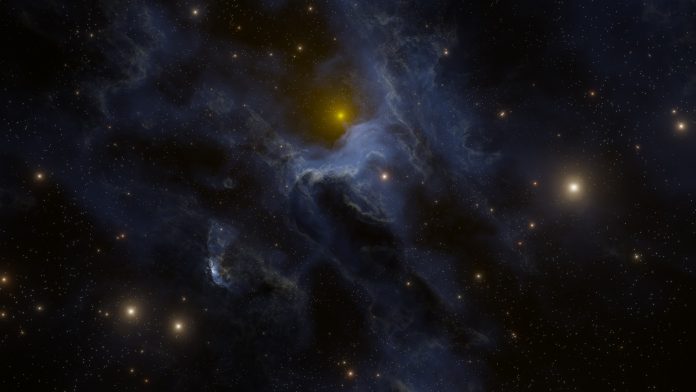A team of planetary scientists from UCLA and Johns Hopkins University Applied Physics Laboratory has uncovered details about the early days of our solar system
In a study published in the Proceedings of the National Academy of Sciences, the researchers explored the mysterious origins of certain metals found in meteorites, offering new insights into the structure of our protoplanetary disk, the cosmic nursery where planets and asteroids first formed.
The early days of our solar system
Over four billion years ago, our solar system was a swirling cloud of gas and dust orbiting a young Sun. This protoplanetary disk began to condense, forming asteroids and eventually planets. Today, astronomers can observe similar disks around distant stars, but understanding the infancy of our own solar system relies heavily on studying meteorites that have fallen to Earth.
Meteorites are fragments of ancient celestial bodies that provide a unique window into the past. These cosmic relics tell complex stories of our solar system’s birth, often raising more questions than answers. Among the most revealing clues are refractory metals, elements like iridium and platinum, that condense at high temperatures.
These metals, which should have formed close to the Sun, are found in abundance in meteorites from the outer, colder regions of the protoplanetary disk. This discovery raised questions such as; how did these metals travel from the hot inner disk to the frigid outer reaches?
Iron meteorites
The team focused on iron meteorites, remnants from the metallic cores of early asteroids, which are older than any other rocks or celestial objects in our solar system. These meteorites contain molybdenum isotopes indicating diverse origins within the protoplanetary disk. By analysing these isotopes, scientists can piece together the chemical makeup of the disk during its formation.
Earlier observations with the Atacama Large Millimeter/submillimeter Array (ALMA) in Chile revealed that many protoplanetary disks around other stars resemble concentric rings, separated by gaps. This structure wouldn’t allow metals to move from the inner to the outer disk. However, the new study proposes that our early solar system’s disk initially resembled a doughnut. As this disk rapidly expanded, metal-rich grains migrated outward.
However gravity should have eventually pulled these metals back toward the Sun, but this did not happen. The study’s lead author, Bidong Zhang, suggests that the formation of Jupiter likely played a crucial role. “Once Jupiter formed, it very likely opened a physical gap that trapped the iridium and platinum metals in the outer disk and prevented them from falling into the sun” Zhang explained. This process allowed these metals to be incorporated into asteroids in the outer disk, explaining their abundance in certain meteorites.
Zhang and his team previously used iron meteorites to study water distribution in the protoplanetary disk. “ron meteorites are hidden gems. The more we learn about iron meteorites, the more they unravel the mystery of our solar system’s birth.”











